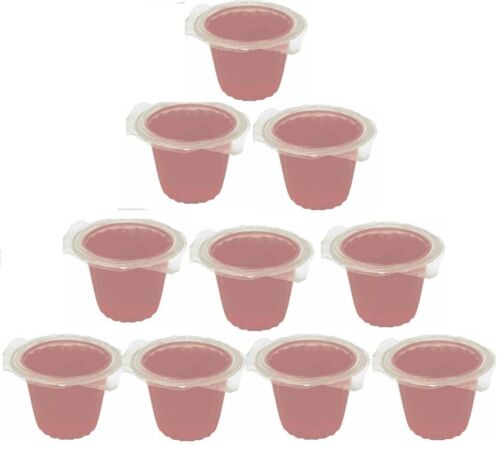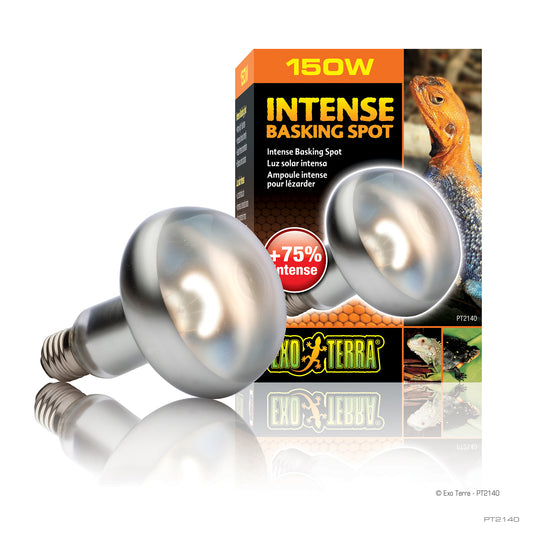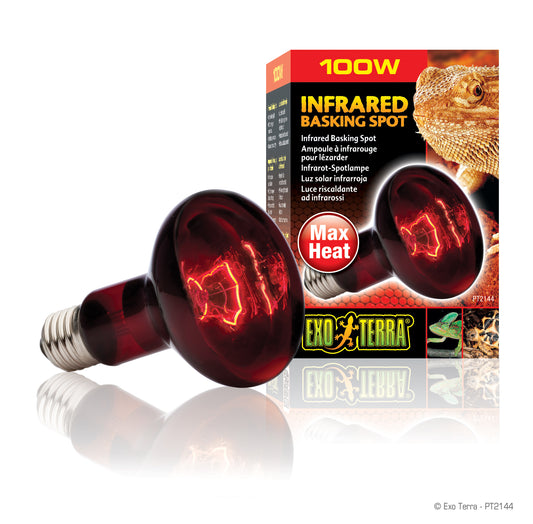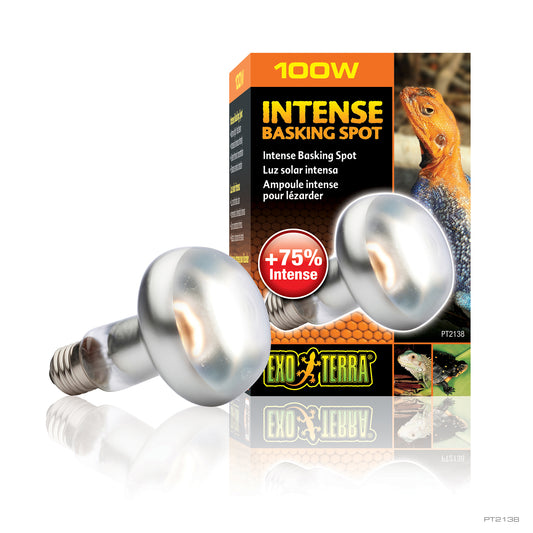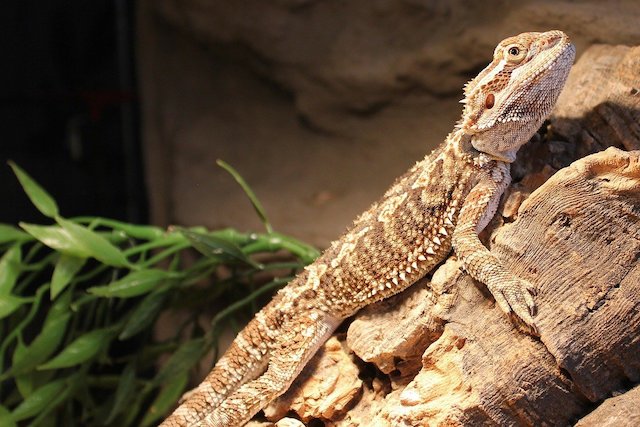
Bearded dragons (Pogona vitticeps) are fascinating and popular reptiles known for their unique appearance, docile nature, and engaging personalities. If you're considering a bearded dragon as a pet, this article will provide you with a general overview of their characteristics and care requirements.
General Description: Bearded dragons are native to the arid regions of Australia and are named for the "beard" of spiky scales under their chin, which they can puff out when threatened or displaying dominance. They have a stout body, broad head, and a row of spines running along their back. Bearded dragons come in various colors, including shades of brown, tan, and yellow.
Life Span: With proper care, bearded dragons can live for 10 to 15 years or more. Providing a suitable environment, a balanced diet, and regular veterinary check-ups can contribute to their longevity.
Natural Habitat: In the wild, bearded dragons are found in the arid and semi-arid regions of Australia, including deserts, grasslands, and woodlands. They are excellent climbers and spend much of their time basking on rocks or in trees.
Average Size: When fully grown, bearded dragons reach an average length of 18 to 24 inches (45 to 60 cm), including their tail. Males are typically larger than females. They are considered medium-sized reptiles, making them popular pets for reptile enthusiasts.
Enclosure Size: Bearded dragons require a spacious enclosure to accommodate their active nature. A 40-gallon breeder tank is generally suitable for a single adult bearded dragon. However, larger enclosures are recommended to provide ample space for climbing, hiding spots, and exercise.
Temperature Requirements: Bearded dragons are ectothermic reptiles, meaning they rely on external heat sources to regulate their body temperature. Provide a thermal gradient within the enclosure, with a basking spot temperature of 95-105°F (35-40°C) and a cooler side around 75-85°F (24-29°C). Use a combination of basking lights and ceramic heat emitters to achieve appropriate temperatures.

Humidity Requirements: Bearded dragons require low to moderate humidity levels ranging from 30% to 40%. The enclosure should have proper ventilation to prevent excessive humidity buildup. Misting the enclosure once or twice a day can help maintain hydration and support shedding.
Substrate and Bedding: Various substrate options are available for bearded dragons, including reptile carpet, ceramic tiles, or paper towels. Avoid loose substrates that can be ingested and cause impaction. Some keepers opt for a bioactive setup using natural substrates like organic topsoil or reptile-safe sand, which can be beneficial for humidity regulation.
Toxic Substances: It's crucial to keep bearded dragons away from toxic substances. Avoid using cleaning products or chemicals near their enclosure. Certain plants, such as aloe vera and daffodils, can be toxic if ingested, so ensure any live plants in the enclosure are safe for reptiles.
Also avoid essential oils or aerosol sprays/household cleaners containing chemicals and harsh scents. Candles and scented candles or wax melts should be avoided.
Fun Facts:
- Bearded dragons have a beard display, which involves puffing out the spiky scales under their chin to appear larger and more intimidating.
- They are omnivorous, feeding on a diet of insects, leafy greens, and vegetables.
- Bearded dragons are known for their "arm-waving" behavior, which is believed to be a form of communication or territorial display.
- They are highly adaptable and can tolerate a wide range of temperatures and habitats.
- Bearded dragons can change their color intensity, becoming darker or lighter to regulate their body temperature.

Bearded dragons make wonderful reptile pets due to their friendly demeanor and unique characteristics. By providing the appropriate enclosure, temperature and humidity levels, a balanced diet, and regular veterinary care, you can ensure the health and well-being of your bearded dragon companion.
https://theurbanzoo.myshopify.com/products/live-reptile-bearded-dragon


